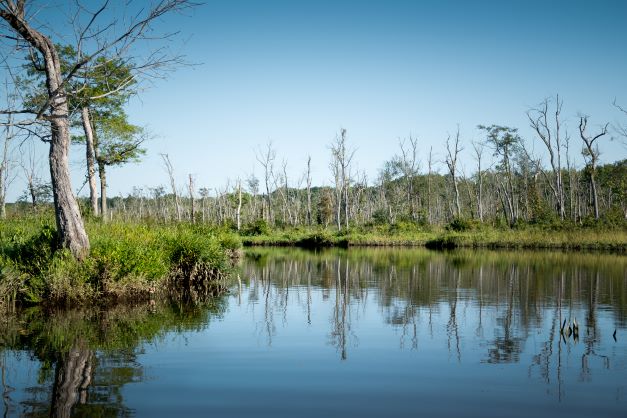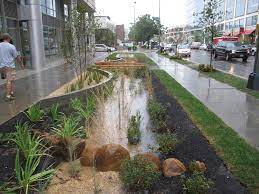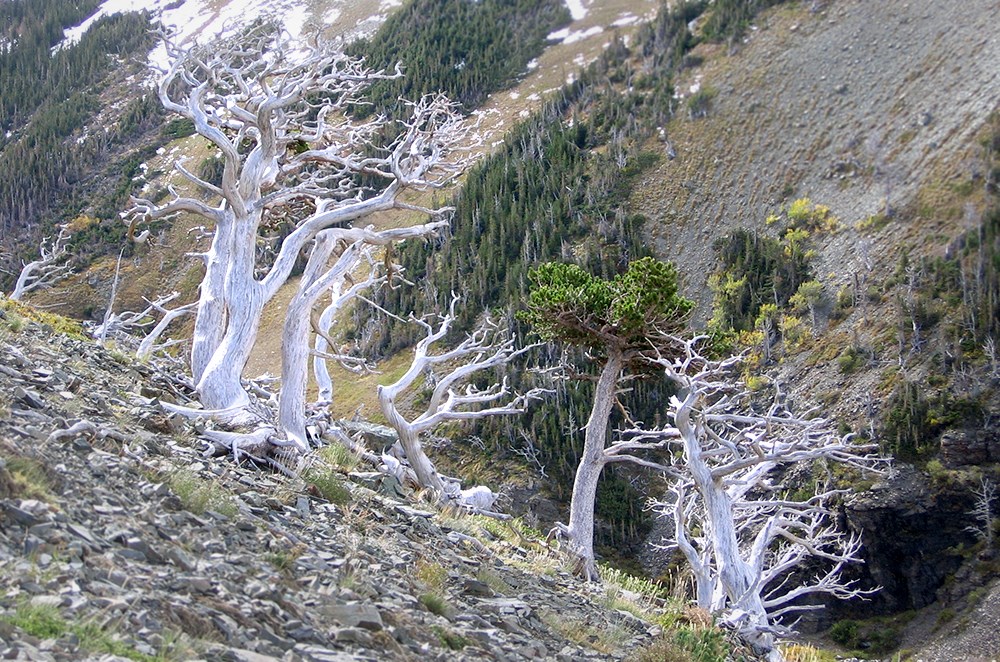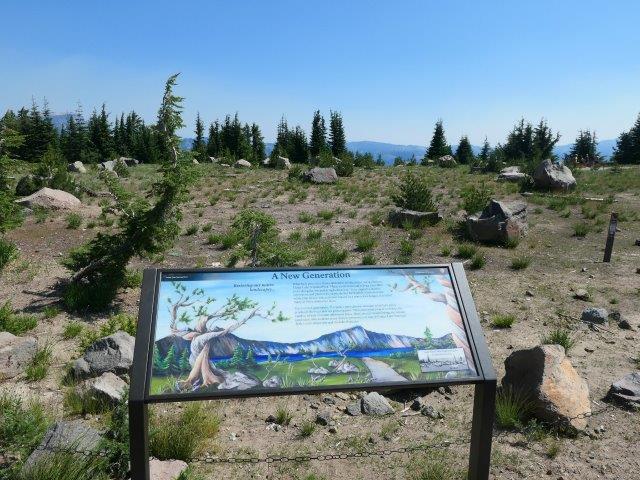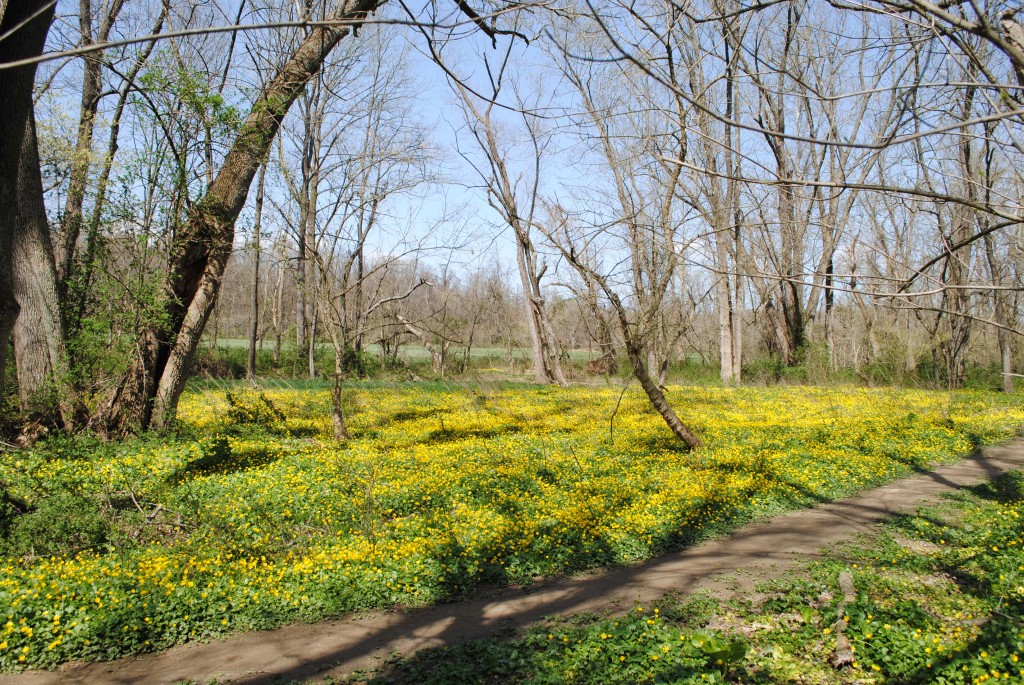Two important players published documents pressing for “nature-based” solutions to climate change in response to the December 2023 24th Convention of the Parties to the UN Framework Convention on Climate Change.
First, chairs of seven IUCN expert Commissions released a joint statement calling for addressing both climate change and biodiversity loss simultaneously. The elected Commission Chairs represent over 15,000 scientists, scholars, policy makers, economists, lawyers, and other experts who work on issues related to this mission (including me, as well as current and former CISP board members!).
Second, the U.S. Department of the Interior issued detailed guidelines on how to do this.
In this blog, I review the IUCN pronouncement. I will discuss the DOI’s guidelines in a separate blog.
I welcome this statement because I have seen examples of climate “solutions” that worsen the biodiversity crisis. For example, Lugo et al. (2022; full citation at end of this blog) claim to assess the abundance, geographic distribution, contribution to forest structure (including carbon), & temporal trends of non-native tree species. However, they focus almost exclusively on levels of carbon storage. They do not discuss other impacts of non-native tree invasions.
More informative is the 2019 study by Fei et al. ; full citation at end of the blog) that estimated that 41% of total live (woody) biomass in forests of the “lower 48” states was at risk from the most damaging of introduced pests. I pointed out link to blog 159 that elms and beech began dying decades before the underlying (Forest Inventory and Analysis; FIA) data began to be collected. Consequently, the reported mortality rates underestimate the actual loss in biomass associated with these pests. In that blog, I noted that USFS scientists are shifting to new models that will result in a slight bump in overall biomass for the U.S. largely because of increased recognition of the biomass in crowns and limbs. That methodology has now been published.
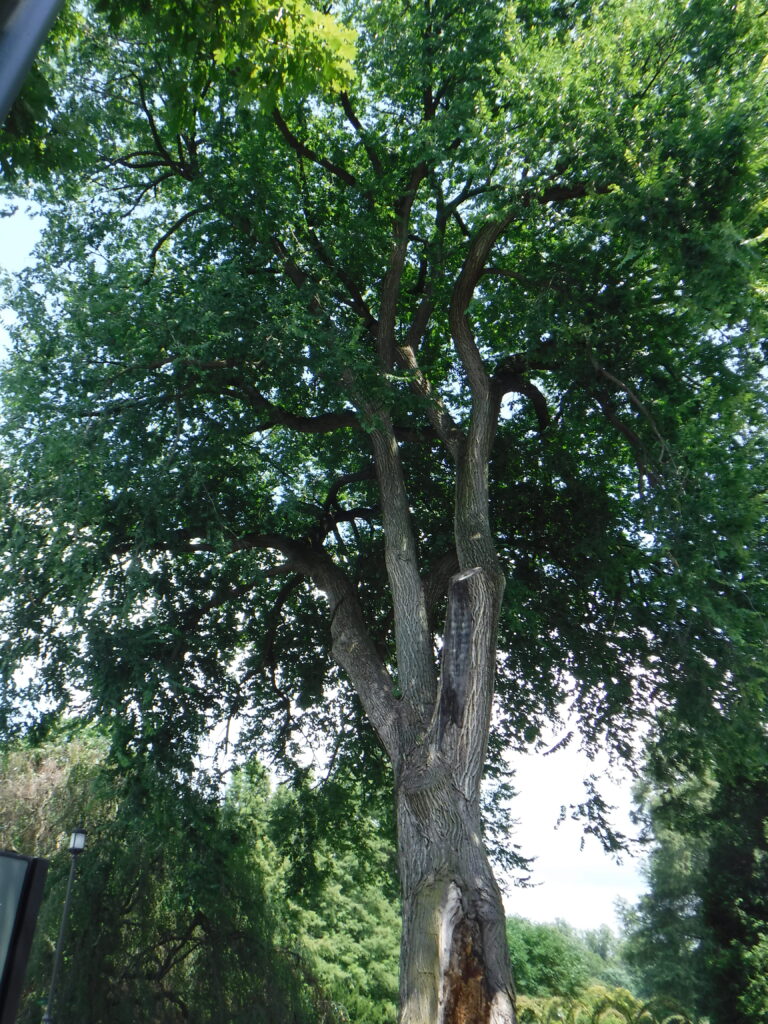
I also summarized findings by Badgley et al. (2022) that the California cap-and-trade program does not adequately incorporate sequestration losses tied to mortality of tanoak (Notholithocarpus densiflorus) caused by sudden oak death. I noted that California — and North America as a whole – are home to other tree-killing pathogens and insects.
As the IUCN statement clearly demonstrates, climate change and biodiversity loss are inseparable, interdependent, and mutually reinforcing. However, countries’ and businesses’ approaches now fall short of what scientific evidence indicates is needed. We must have bold, transformative, and holistic efforts by scientists – and everyone else.
The IUCN’s full statement has 10 points, which the organization’s blog compresses to four:
1. Integrate Climate and Biodiversity Efforts
The climate and biodiversity challenges require coherent, consistent, and integrated actions that simultaneously limit global warming to a maximum of 1.5oC, conserve and sustainably use biodiversity, and restore degraded ecosystems. Only by considering climate and biodiversity as parts of the same complex, systemic challenge can decision-makers develop effective solutions that maximize benefits while minimizing risks.
2. Enhance Ecosystem Integrity
We humans must maintain, enhance, and restore ecosystem integrity in order to halt biodiversity decline and species extinctions and to maintain the ecosystem services that underpin human well-being. Appropriate actions to conserve and restore terrestrial and marine ecosystems also support climate change mitigation, adaptation, and limits on temperature increases. This is true, however, only as long as chosen actions complement—and are not in lieu of—ambitious reductions of greenhouse gas emissions from fossil fuels, industrial processes, and land-use change.
The full IUCN statement also notes that the effects of “nature-based solutions” must be verified through a robust accounting system. IUCN has released separately a Global Standard for Nature-based Solutions which provides eight specific criteria.
3. Equitably transforming the way we live
Addressing the biodiversity and climate crises will require systemic changes in the way we live. These demand rapid and far-reaching actions across all sectors of a type, scale, and speed never before attempted. IUCN notes, several times, that these transformations must be realized in ways that are equitable and consider impacts on the most vulnerable populations, e.g., indigenous peoples, women, and youth.
IUCN calls for a rapid phase out of fossil fuels, paired with an accelerated and equitable deployment of sustainable clean or renewable energy generation and distribution. In the full statement, IUCN urges countries to avoid relying on unproven — and untested — geoengineering technologies.
4. Prop the Window Open
The window of opportunity to address climate change and biodiversity loss is closing rapidly. Protecting 30% of the Earth’s terrestrial and marine areas by 2030 — a goal adopted by the parties to the Global Biodiversity Convention in late 2022 — will require significant expansion of protected areas in only seven years. I note that while the U.S. is not a party to the biodiversity convention, the Biden Administration has accepted this goal. The IUCN states that achieving this goal depends on greater collaboration across the international agreements on biodiversity, climate change, desertification, and the United Nations’ Sustainable Development Goals. The full statement notes that the United Nations Environment Program (UNEP) calls for tripling expects that funding for nature-based solutions.

The IUCN commission chairs warn that delegates at COP28 – and presumably others focused on the climate crisis — must be alert to possible conflicts between biodiversity conservation and climate change mitigation. They cite particularly actions aimed at transitioning energy supplies to “green” sources. This risk arises during choices of sites for solar facilities, wind farms, hydropower dams, and the locations and methods for deep-sea mining for minerals. The IUCN Standard provides guidance for navigating these conflicts.
SOURCES
Fei, S., R.S. Morin, C.M. Oswalt, and A.M. Liebhold. 2019. Biomass losses resulting from insect and disease invasions in US forests. Proceedings of the National Academy of Sciences Vol. 116 No. 35. August 2019
Lugo, A.E., J.E. Smith, K.M. Potter, H. Marcano Vega, and C.M. Kurtz. 2022. The Contribution of NIS Tree Species to the Structure and Composition of Forests in the Conterminous United States in Comparison with Tropical Islands in the Pacific & Caribbean. USDA USFS General Technical Report IITF-54.
Posted by Faith Campbell
We welcome comments that supplement or correct factual information, suggest new approaches, or promote thoughtful consideration. We post comments that disagree with us — but not those we judge to be not civil or inflammatory.
For a detailed discussion of the policies and practices that have allowed these pests to enter and spread – and that do not promote effective restoration strategies – review the Fading Forests report at http://treeimprovement.utk.edu/FadingForests.htm
or
